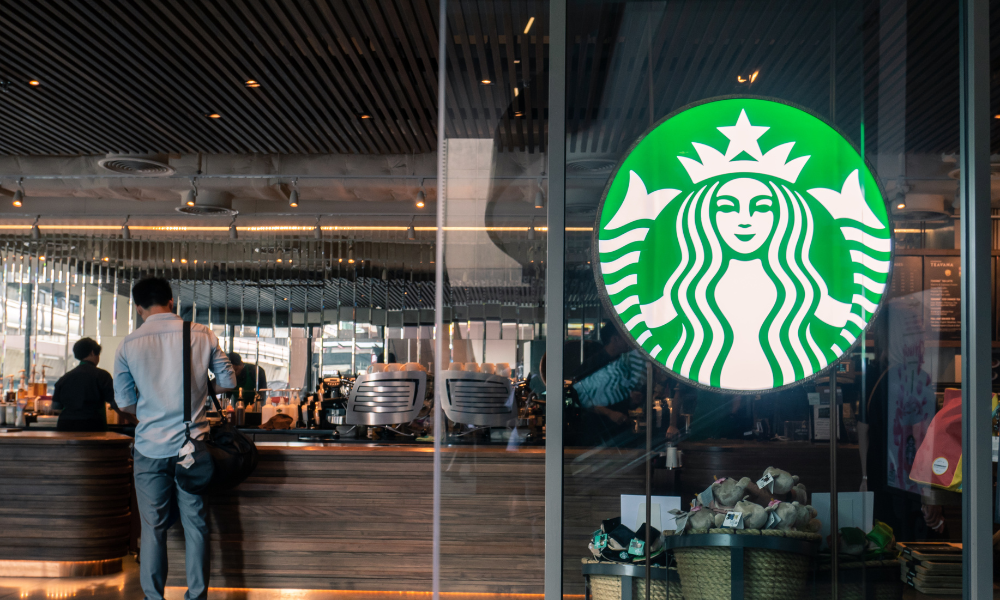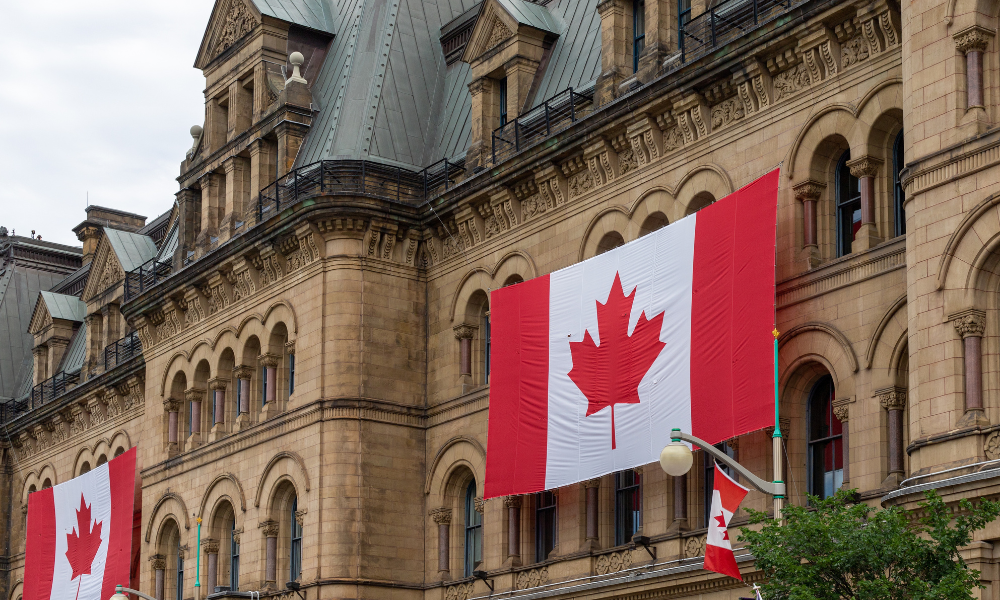Starbucks CEO shifts focus to staffing and store service as same-store sales fall for fourth straight quarter

Starbucks reported disappointing second-quarter results, with North American same-store sales down 1 percent for the quarter ended March 30—worse than the 0.24 percent decline forecast by analysts in an LSEG poll.
According to Reuters, total same-store sales fell 1 percent, and gross margin shrank by 590 basis points. Adjusted earnings per share came in at 41 cents, below the 49 cents analysts had estimated.
Following the earnings release, Starbucks shares dropped 6.5 percent in extended trading.
The stock, which had previously surged after Brian Niccol was appointed CEO, has fallen about 7 percent so far this year. Comparable sales had declined 4 percent in the previous quarter.
In response, CEO Brian Niccol announced Starbucks would shift its focus from automation to staffing to improve customer service.
“The equipment doesn't solve the customer experience that we need to provide,” Niccol said on a post-earnings call.
He added, “Over the last couple of years, we've been removing labour from the stores, I think with the hope that equipment could offset the removal of the labour. What we’re finding is that wasn’t an accurate assumption with what played out.”
Starbucks has paused the broader rollout of its Siren System, an automation initiative launched under former CEO Howard Schultz.
The system will now only be deployed in “very targeted” locations, specifically stores with high drive-through volumes and strong sales. The change contrasts with other restaurant chains that continue to invest heavily in automation.
Since Niccol took over as CEO, Starbucks has piloted increased staffing in five US stores.
Between 1,500 and 2,000 locations will have added headcount by May, with approximately 3,000 stores expected to follow by year-end.
Niccol said the increased labour would raise costs but added, “We’re banking on some growth to come with the investment in the labour and the store experience.”
Niccol said Starbucks was improving service speed through better staffing and deployment and that the company’s refreshed marketing strategy was connecting with customers.
The average ticket—the amount spent per customer per visit—rose 3 percent in the quarter.
However, economic pressures remain.
According to Niccol, consumer spending has weakened due to inflation and uncertainty linked to trade tariffs under US President Donald Trump. Visits and spending at restaurants declined in February and March.
Starbucks will also review its US store portfolio and pilot new labour-focused technology, including a mobile order scheduling tool.
“Our financial results don't yet reflect our progress, but we have real momentum with our 'Back to Starbucks' plan,” said Niccol.
The company has seen sales fall for four consecutive quarters and is investing in stores and reducing production times to enhance customer experience.
Starbucks is reducing reliance on discounts and loyalty rewards while investing more broadly in marketing. The company also plans to localise and adjust production as needed to offset the effects of US tariffs on Chinese imports.
International comparable sales increased 2 percent, beating expectations of a 1.13 percent drop. Sales in China, the company’s second-largest market, remained flat following four quarters of decline.
Starbucks stated it remains committed to long-term growth in China. In Canada, sales returned to growth during the quarter.
Bernstein analyst Danilo Gargiulo noted that the company’s turnaround efforts, including changes to store operations and a return to its coffee house roots, could take another three to six months to boost customer traffic.



